Buy A view of Castle Ilpenstein, Joris van der Haagen as a reproduction on canvas, ArtFrame, poster and wallpaper, printed on demand in high quality.
About "A view of Castle Ilpenstein, Joris van der Haagen"
About the artwork
History of Ilpenstein
Volckert Overlander, mayor and alderman of the city of Amsterdam, obtained the seigneury of Purmerland and Ilpendam in 1618. In 1622 he had the castle Ilpenstein built on an old entrenchment erected at the beginning of the Eighty Years' War. The towers and moat made it look like a fortress, but it was actually more of a mansion than a defendable castle. One of the lords of the castle is still known: Frans Banninck Cocq, lord of Purmerland and Ilpendam, who as captain of the Amsterdam militia was immortalised by Rembrandt in his Night Watch. After the death of Banning Cocq in 1655 (and that of his widow in 1678), the castle passed to the Amsterdam regent family De Graeff.
In 1662 at the wedding of Pieter de Graeff and Jacoba Bicker at Ilpenstein the poet Gerard Brandt and pensionary Johan de Witt were present,[1] Joost van den Vondel sang of this marriage with the poem Ter bruiloft van den weledelen heer Peter de Graef, Jongkheer van Zuitpolsbroek en de weledele mejoffer Jakoba Bikker,[2] while his colleague Jan Vos sang of this marriage with another verse, Huwelyk van den Eed. Lord Pieter de Graaf, Iongheer van Zuidt-Polsbroek, and Mejuffer Jakoba Bikker,[3] and his colleague Jan Vos sang this marriage with another verse, Huwelijkk van den Eed.
The last residents of Ilpenstein Castle were Christina Elisabeth de Graeff (†1872) and her husband Jacob Gerrit van Garderen (†1856). Some residents were buried in the crypts of the Reformed Church of Ilpen
Old Master collections
Discover more Old Masters in the following collections:
 Netherlands
Netherlands Ordered in April 2020
Ordered in April 2020
 Germany
Germany Ordered in February 2020
Ordered in February 2020
 Germany
Germany Ordered in May 2021
Ordered in May 2021
 Netherlands
Netherlands Ordered in November 2024
Ordered in November 2024
 Germany
Germany Ordered in April 2020
Ordered in April 2020
 Germany
Germany Ordered in January 2021
Ordered in January 2021
 Germany
Germany Ordered in June 2019
Ordered in June 2019
 Germany
Germany Ordered in April 2019
Ordered in April 2019
 Netherlands
Netherlands Ordered in March 2019
Ordered in March 2019
 Germany
Germany Ordered in March 2024
Ordered in March 2024
 Netherlands
Netherlands Ordered in January 2025
Ordered in January 2025
 Netherlands
Netherlands Ordered in November 2021
Ordered in November 2021
About the material
ArtFrame™
Interchangeable Art Prints
- High-quality print
- Easily interchangeable
- Acoustic function
- Large sizes available
Discover the Old Masters collection
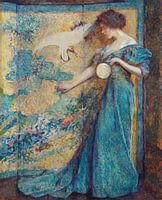 The Mirror, Robert Reid
The Mirror, Robert Reid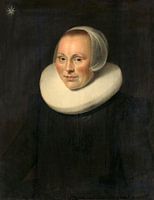 Portrait of a woman, anonymous - 1633
Portrait of a woman, anonymous - 1633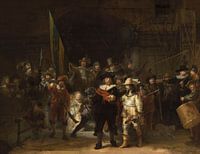 The Night Watch, with missing parts, Rembrandt
The Night Watch, with missing parts, Rembrandt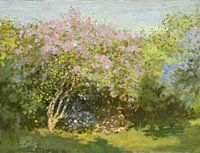 Lilac in the sun, Claude Monet
Lilac in the sun, Claude Monet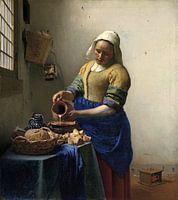 The Milkmaid - Vermeer painting
The Milkmaid - Vermeer painting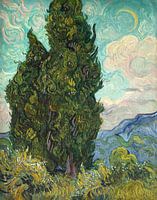 Cypresses
Cypresses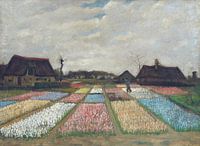 Vincent van Gogh. Flower beds in Holland
Vincent van Gogh. Flower beds in Holland A Amsterdam street scene - Adrianus Eversen
A Amsterdam street scene - Adrianus Eversen Flower arrangement, Jan Davidsz. de Heem
Flower arrangement, Jan Davidsz. de Heem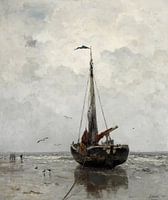 Jacob Maris - Fishing boat
Jacob Maris - Fishing boat Almond blossom painting by Vincent van Gogh
Almond blossom painting by Vincent van Gogh Vincent van Gogh. Olive orchard
Vincent van Gogh. Olive orchard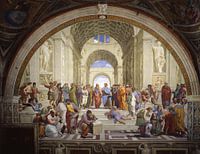 The School of Athens, Raphael
The School of Athens, Raphael Italian landscape with pine trees, Hendrik Voogd
Italian landscape with pine trees, Hendrik Voogd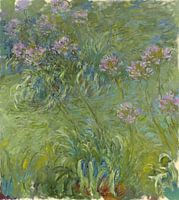 Agapanthus, Claude Monet
Agapanthus, Claude Monet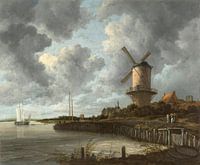 The mill at Wijk bij Duurstede, Jacob Isaacksz. van Ruisdael
The mill at Wijk bij Duurstede, Jacob Isaacksz. van Ruisdael The great wave of Kanagawa, Hokusai
The great wave of Kanagawa, Hokusai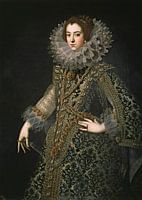 Queen Elizabeth of Bourbon
Queen Elizabeth of Bourbon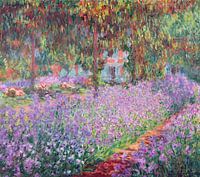 The Artist's Garden at Giverny, Claude Monet
The Artist's Garden at Giverny, Claude Monet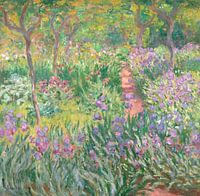 The Artist’s Garden in Giverny, Claude Monet
The Artist’s Garden in Giverny, Claude Monet
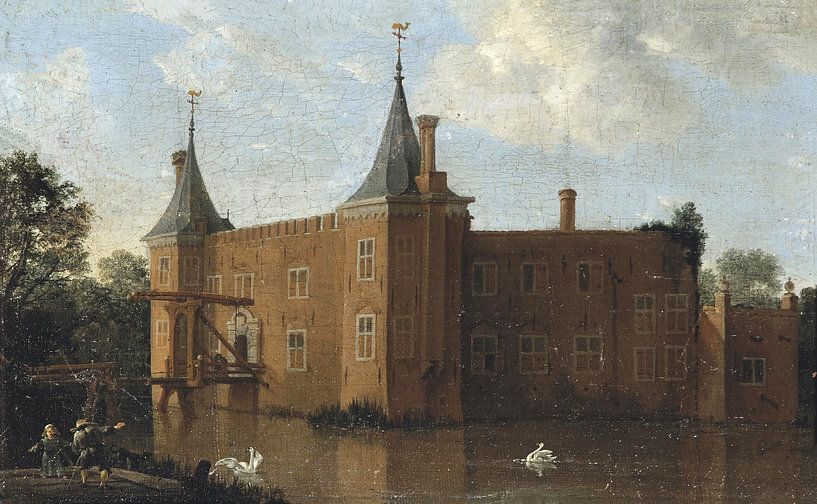


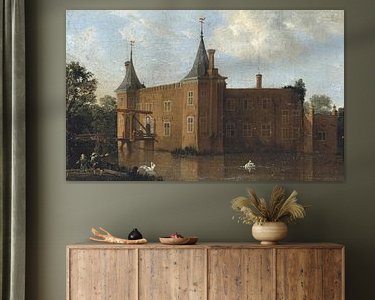


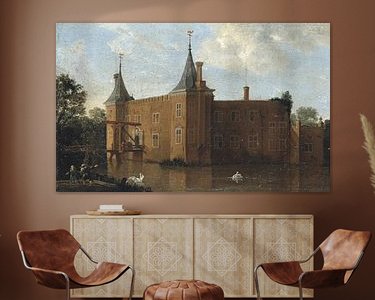



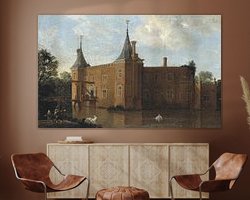
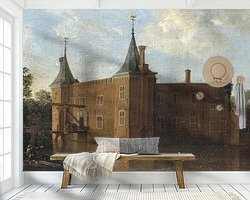
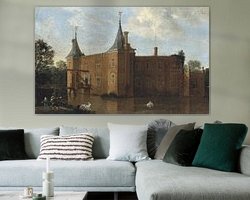
 Castle
Castle Nostalgic Memories
Nostalgic Memories Old masters
Old masters Serene Peace
Serene Peace









